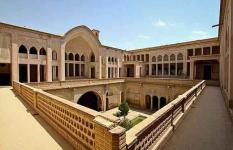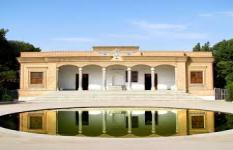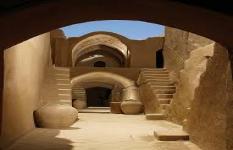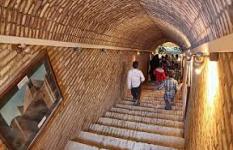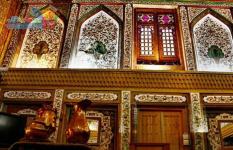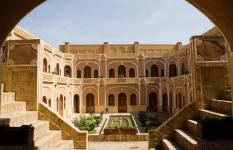Tribes, who migrated from Balkh to Pars, called this land 'Yazdan' during the Pishdadi era. The most important early settlements in Yazd include Mehrpadin (Mehriz), Fahrashan or Pahreh (Fahraj), Khormish and Adar (Ardakan), Aqda and Eshkezar.
Yazd is the first adobe city in the world and is the second historical city after Venice, Italy.
Yazd is known as the city of wind towers. In fact, wind towers improve ventilation. They can be seen in residential units and ancient houses.
Yazd's historical monuments include Yazd Jame' Mosque, Seyyed Rokneddin Mausoleum, Amir Chaqmaq Complex, Lariha House, Alexander Prison, Narin Castle, Chak Chak Temple and Water Museum.
In addition, 77 localities of Yazd known as 'Yazd Historical Texture' were registered as No. 15,000 on the National Heritage List in 2005.
Gharbal Biz (Mehriz), Tamehr (near Taft) and Masih (Harat) are among the important springs of Yazd.
The protected zones in Yazd are the other attractions of the province.
Taft is the hub of pomegranate and silkworm in Yazd Province. Its pomegranates are exported. Peaches are also a famous product in Taft.
Also, Taft's water has been well known throughout the history of the province. An alley in Yazd is known as 'Ab-e Taft', which indicates the vivacity of Taft.
Due to certain climatic and economic conditions as well as its remoteness, the inhabitants of Yazd have been involved in making handicrafts. Yazd handicrafts have garnered the attention of artisans and art-lovers across the country since olden times.



